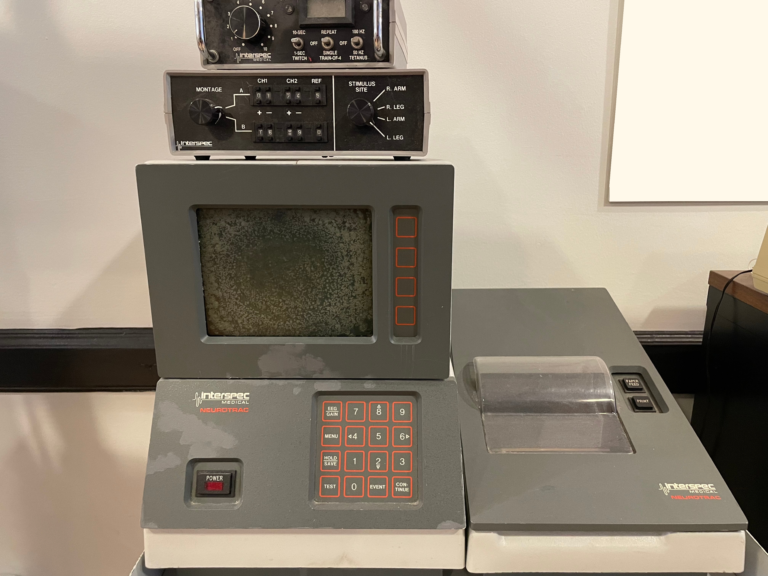Recollecting The Neurotrac
The Neurotrac, released in 1982, was used in intraoperative monitoring to ensure a surgeon did not damage the brain or spinal cord while operating near them. The idea was conceived by myself and Gary Trapuzzano during lunch one day in 1981. We brought the idea back to Interspec, the start-up company where they worked. The company liked the idea. We built it and it became our first product. It was sold around the world for a decade.

From L to R: Gary Trapuzzano, Ed Ray (President of Interspec), and Dick Moberg
The technology was pioneering in many ways.
(A) It was the first easy-to-use computerize EEG and Evoked Potential machine.
(B) It was one of the first microcomputer-based medical devices ever built, and used the Motorola 6809.
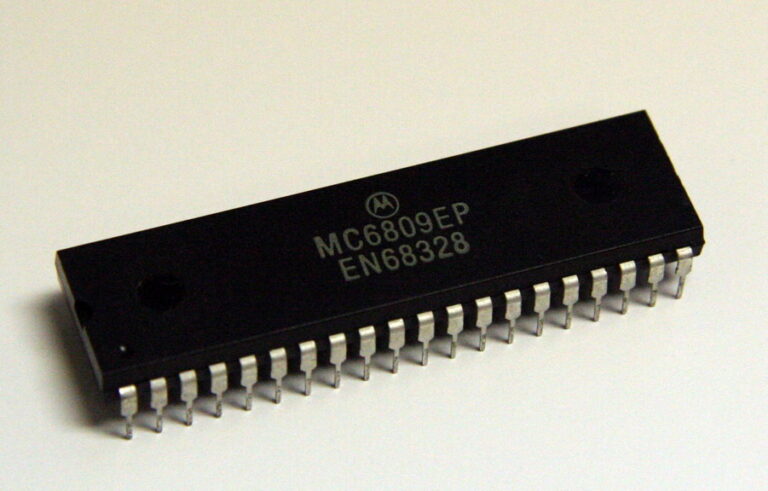
The Motorola 6809. Image credit: Wikidata
(C) It was the first commercial machine that provided a digital output making it useful in many research projects. Many publications resulted from its use.
A patent was issued on a unique data display that showed the density of power across the EEG spectrum over time.
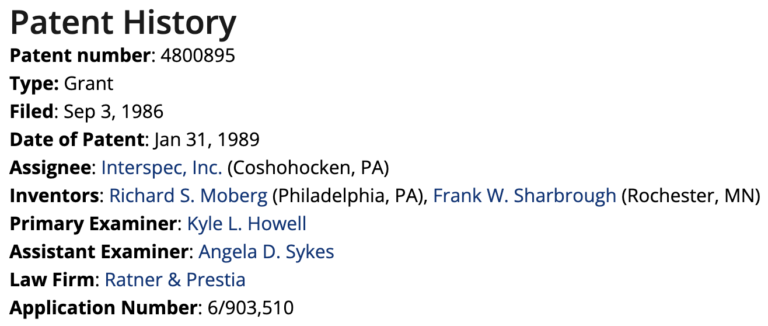
The Patent for The Neurotrac
The Neurotrac was known to have the best representation of the Compressed Spectral Array (CSA) display in the industry:
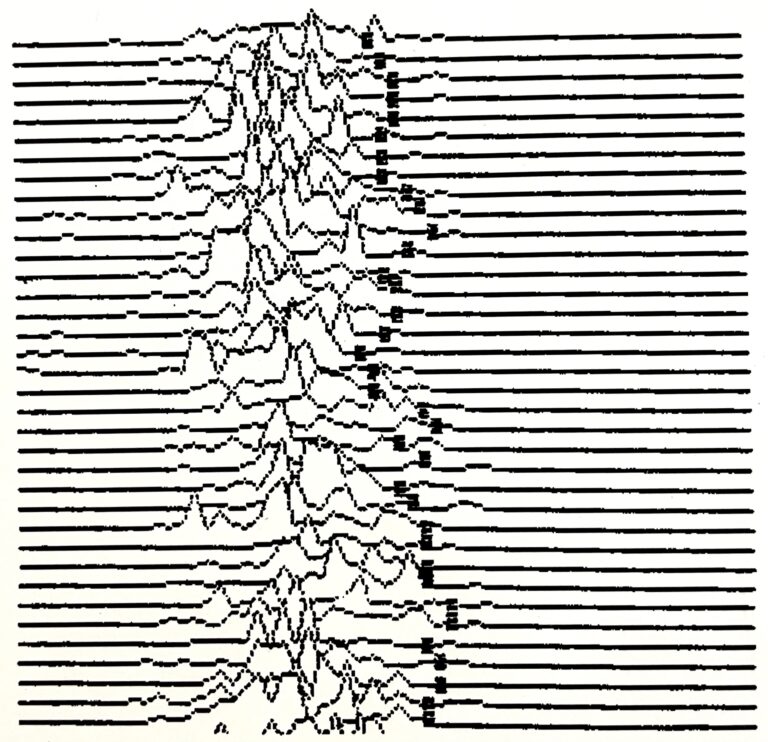
It pioneered the field of “processed EEG” by calculating and displaying the first number quantifying a feature of the EEG, called the Spectral Edge Frequency (SEF). The Neurotrac and the SEF were used in early studies on measuring anesthesia effects on EEG, resulting in several textbooks. It helped launch today’s half-billion dollar depth of anesthesia market. (Read more about SEF in our blog post, “The Illusions of Neurocritical Care“).
Below is an advertisement by Interspec for the technology:
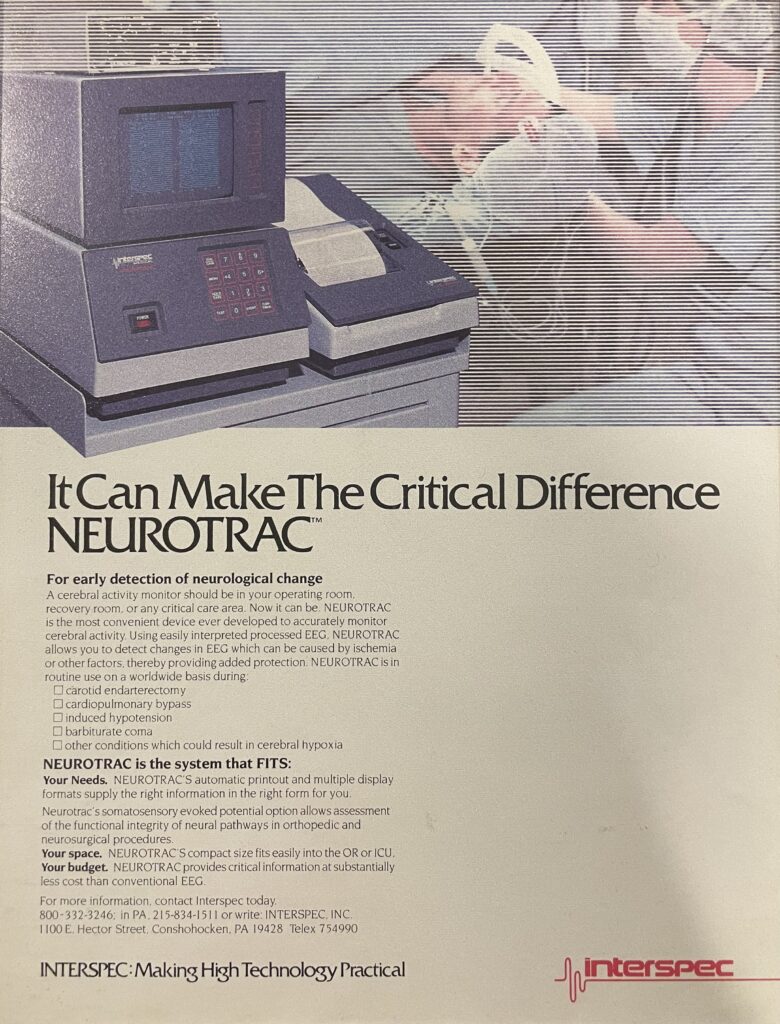
The following is the machine at the Moberg Analytics Intergalactic Headquarters in Philadelphia. It’s got several signs of wear and is definitely not in the same shape as the piece in the advertisement above, but it’s got a great history.
Be sure to check out The Neurotrac II, here!


